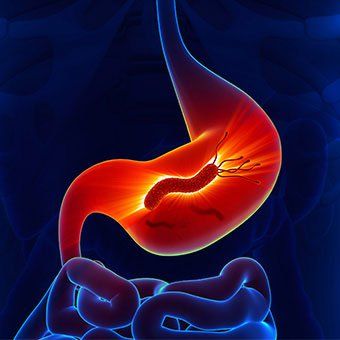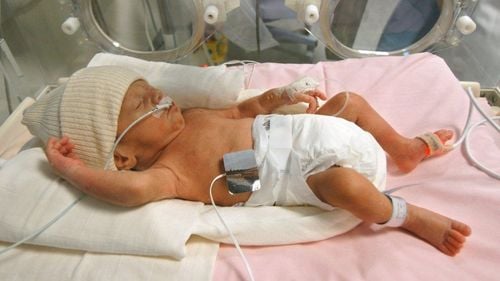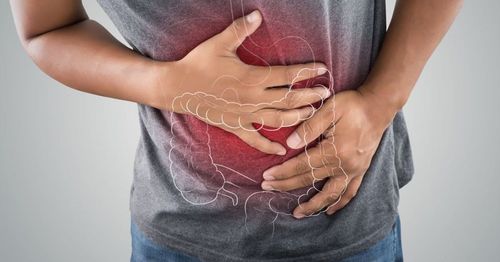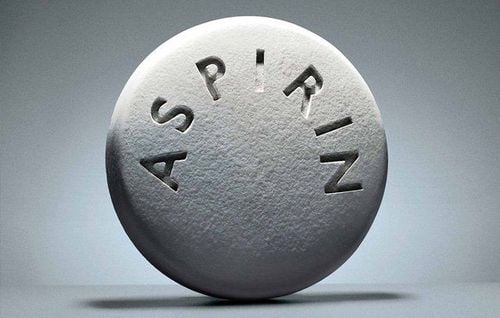This is an automatically translated article.
Necrotizing enterocolitis is a dangerous acute inflammatory bowel disease often associated with causes such as bacterial infection, enteral nutrition, local vascular injury. One of the most commonly mentioned causes is clostridial necrotizing enterocolitis, which leads to a deficiency of the enzyme trypsin in the body.
1. Causes of Clostridial necrotizing enterocolitis
Clostridial necrotizing enterocolitis is a severe Clostridial infection that can be fatal if not treated promptly. The toxin of Clostridium Welchii type C (CWC) is easily destroyed by trypsin enzyme in the intestine, making our body not infected. However, if the diet is low in protein or the food is high in trypsin, the disease is roundworm or the diet is suddenly high in meat, this toxin will not be inhibited and cause intestinal necrosis.
Risk factors for Clostridial necrotizing enterocolitis include:
Protein deficiency resulting in insufficient synthesis of protease enzymes Poor food hygiene Seasoned meat eating Diet containing trypsin inhibitors ( like sweet potatoes) Ascaris infection (parasite that secretes trypsin inhibitors)
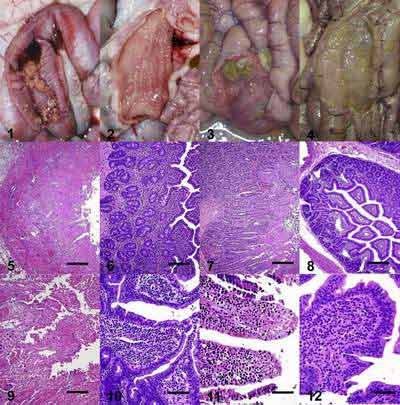
Nguyên nhân gây bệnh viêm ruột hoại tử là do độc tố toxin của Clostridium Welchi type C
2. How does Clostridial necrotizing enterocolitis manifest?
Necrotizing enterocolitis usually has an incubation period from a few hours to a few days with the following symptoms:
Abdominal pain intermittently, after a dull ache, which increases when eating or drinking. This is a symptom that helps distinguish other cases of bloody or mild defecation. Pain is usually localized in the epigastrium or around the umbilicus lasting 4-12 days, cases lasting more than 9 days are usually necrotizing enterocolitis. Shock, severe pain High fever over 38.5 degrees, if fever is continuous or persists after the second week, it is necessary to be alert for complications such as intestinal obstruction or peritonitis. diagnostic value. This symptom usually appears on the first or second day of illness. The stool is red-brown, liquid, with a special rotten smell. The amount of stool each time is about 50-200ml, but defecation is usually easy and there is no straining. Constipation also appears in some cases, lasting 2-3 days, in some cases up to 10 days Vomiting is a symptom that usually appears quite early on the first or second day of illness and ends on the third day. If vomiting persists in the second week of illness, an intestinal obstruction should be considered. Abdominal distention appears relatively late compared with other symptoms, usually on the third day due to complications of intestinal obstruction. Shock is a symptom that occurs on day 1 or 2, patients may have purple veins on the skin and have an increased mortality rate.

Đi ngoài ra máu là triệu chứng quan trọng nhất của bệnh viêm ruột hoại tử do Clostridial và luôn luôn có ở tất cả các bệnh nhân
3. How to treat necrotizing enterocolitis?
When necrotizing enterocolitis is detected because it is a serious disease, the patient should be transferred to medical facilities for timely treatment. Depending on the severity of the disease, the patient may be prescribed antibiotics, electrolyte replacement or intravenous infusion with Ringer lactate solution. Some cases need surgery when necessary or have specialized treatments such as nasogastric tube placement, anal catheter.
Clostridial necrotizing enterocolitis can be prevented by the following methods:
The best environmental hygiene is sanitation of feces, water, garbage, food hygiene and safety Eat cooked and boiled thoroughly Wash hands before eating and after going to the toilet.
Please dial HOTLINE for more information or register for an appointment HERE. Download MyVinmec app to make appointments faster and to manage your bookings easily.




